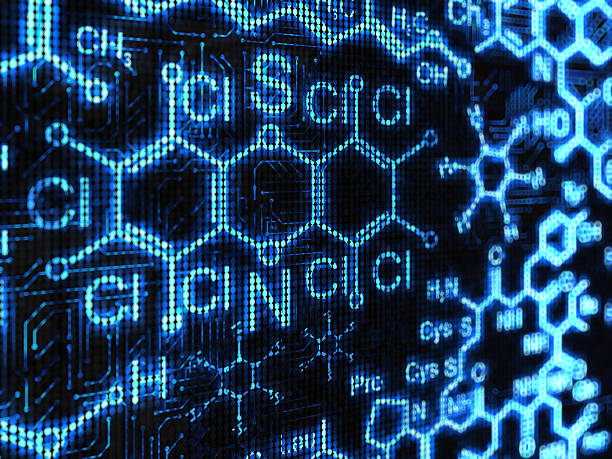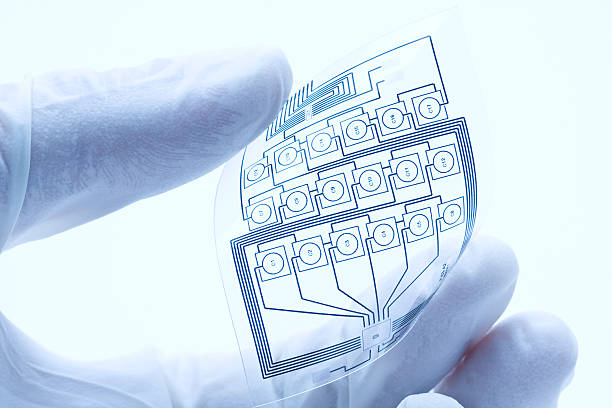Organic light emitting transistors (OLEDs) are a new type of organic semiconductor devices that can be used as an alternative to the conventional light-emitting diodes (LEDs). Quantum Dot Display A light-emitting diode (LED) is a common electronic device that produces...
Read MoreConclusion In conclusion, molecular electronic devices hold promise for future applications such as biosensors, chemical detectors, optical switches, and energy storage devices. The fabrication methods are flexible, allowing the production of thin-film structures on diverse substrates. However, challenges remain in...
Read More
Molecular Electronics is a very exciting technology that allows for the fabrication of nano-scale electronic components on a substrate, just a few atoms thick. It has a range of applications including transistors, light-emitting diodes (LEDs), sensors, and even memory. Find...
Read MoreDrawbacks One of the biggest drawbacks is that they are not quite as thin as LCDs. LCDs have a thickness of less than 1/10th of an inch. Flat panels are typically between 1/4 and 1/2 of an inch thick. This...
Read MoreConclusion In conclusion, it’s a fact that people don’t buy from people they don’t know. If you want to sell to a group of people, then you have to make them know who you are and what you do. There...
Read MoreFAQ 1. What are flat panel displays? Flat panel displays (also known as LCDs) are a type of display technology. They have replaced the CRT monitors that were once the standard for desktop computers and TV screens. LCDs use an...
Read MoreAre very different from one another. The displays are built with flat panels of glass or plastic that are etched with thin lines and the lines are separated by liquid crystals. The glass is coated with a layer of material...
Read MoreBenefits OLEDs have several benefits, including being more energy efficient than liquid crystal displays (LCDs). They can also be made to be thinner and lighter than LCDs. OLEDs can also be made to display colors that aren’t found in traditional...
Read MoreOLEDs are organic light-emitting diodes. An organic light-emitting diode (OLED) is a technology that uses organic materials to emit light and has a number of advantages over inorganic. A flexible OLED is similar to an OLED that is flexible. For...
Read MoreBut they were not widely used until recently. LCDs, on the other hand, are very popular. Most televisions and mobile phones use LCDs. This is because OLEDs have some disadvantages. One of the most important problems is the lack of...
Read MoreOrganic light-emitting diodes (OLEDs) are flexible, which is good for your skin because the device won’t Display products in an aisle is a well-established method for displaying products and has many benefits over other ways of doing so. Flexible designs...
Read MoreThe first issue is durability. All the existing technologies rely on rigid materials for their construction. So, if the material becomes weak or damaged, then you can’t use them anymore. As the name suggests, flexible electronics don’t have this problem....
Read MoreThere are four basic components used in making an electronic device, i.e., the CPU (central processing unit), the RAM (random access memory), the ROM (read-only memory), and the display. RAM contains information like text messages, pictures, audio files, and so...
Read More
lexible electronics is the idea of creating electronic devices that are not just able to be bent but also capable of stretching. These gadgets aren’t quite here yet, although we may see them emerge within the next few years. However,...
Read MoreColor gamut If you have a color-rich content or media player, this number tells you what colors your device can produce. For example, a video with a 6,000,000 K color space will look different from one with a 2,500,000 K....
Read More
